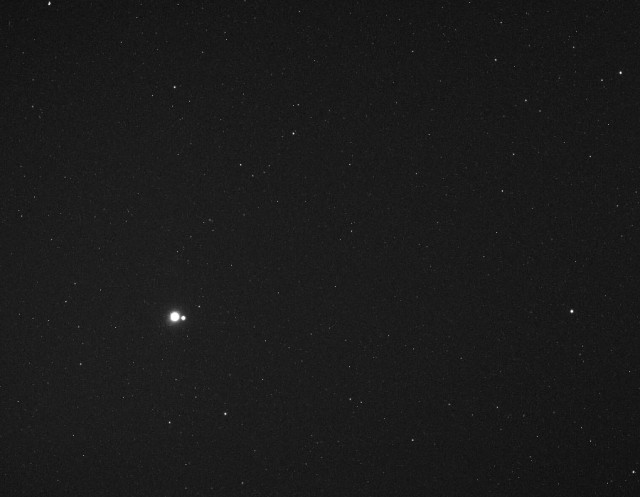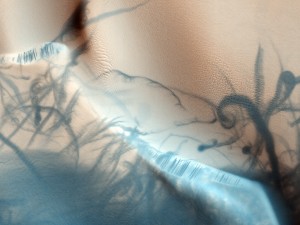Quite often during high school I would come home from a party or a late night hanging out with my friends and see my brother sitting in the living room with a glass of sun tea flipping through the channels. Often my brother would come home from an evening of partying or hanging out with his friends and find me with a coke watching Teletunes.
We would usually excitedly tell each other about our evenings. And inevitably we both sit down in the living room, late in the after-curfew hours, and tune into PBS waiting for the Star Gazer to come on (It was originally designed to air on PBS stations just before sign-off). We would listen intently to what the star hustler had to teach us during his five minute lesson on the heavens. Both of us would then mosey out to the backyard and look up into the stars and see if we could find whatever it was he was talking about that week.
We would sit there silent and feel small and special. These are some of the fondest teenage memories I have with my brother (and I have a ton of fond teenage memories with my brother). And although those memories will never die, the mortal symbol of those evenings, “The Star Hustler”, passed away today. I am genuinely saddened.
Colorful to the end, “Horky” offers this amusing, self-penned epitaph in his bio: “Keep Looking Up was my life’s admonition, I can do little else in my present position.” You can watch his last episode by clicking here.
 Photo courtesy of NASA
Photo courtesy of NASA
